The night before the start of The Past is the Present workshop, I went through all of the albums in my house. We were asked to bring old pictures or photo albums and think of how we would approach the workshop. Months before I had started interviewing my father as we both looked at pictures from his days in Lebanon in the late 1970s and early 1980s when he was sent there for peace keeping mission through Nepal Army. I grew up looking at those pictures. The terrain and the people my father posed with in each picture were very different from Nepal. My intent was to understand my father as a young person from Kathmandu living a life no one in his family could have ever imagined.
On the first day of the workshop, Pablo laid out the pictures in a thematic way to show us how he worked to arrange pictures of his own family. Seeing these pictures laid out, I started looking at them through a different lens. The task at hand was to figure out our own personal history as well as find a collective historical narrative bringing the past to the present in how each of the participants saw ourselves in these pictures.
What emerged for me was a story of presence and absence. Most of these pictures were of my father’s because I realized he was the one with the camera. If he was around, which was sporadic in my early years, then there were pictures of us. The absence of pictures of me, my brother and my mother while my father was away became obvious to me for the first time. When my father was absent his pictures were present but the life my mother lived looking after two young kids weren’t captured by any camera. Along with the pictures, I also read diaries that my father kept in those years and the texts further illuminated the pictures for me because they also spoke of those absences, of him living away from us.
What started as individual projects soon took a collaborative form. At the end, all 11 participants were familiar with each other’s pictures, the individually derived meanings behind each picture and identify layers of connection between all projects, obvious or tangential.
For me, the five days spent looking at pictures, arranging and rearranging them and reading the diaries alongside gave me a better understanding of my parents as individuals. This is just a beginning for me and I am intent on making this a long time project, one that I hope will strengthen my relationship with my parents as we still grapple to live with the grief of losing my younger brother who would have been 30 years old this year.

